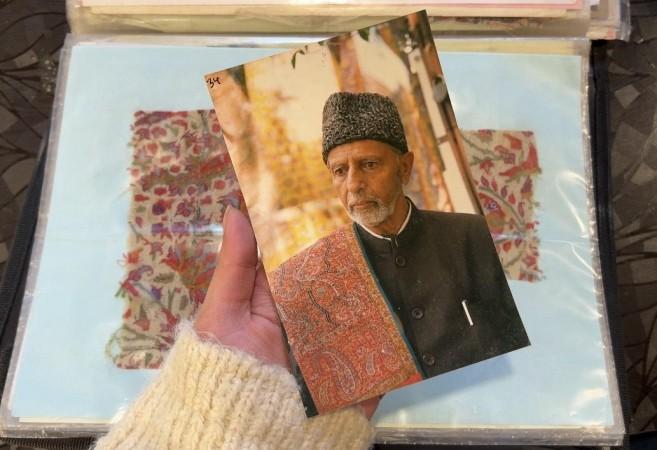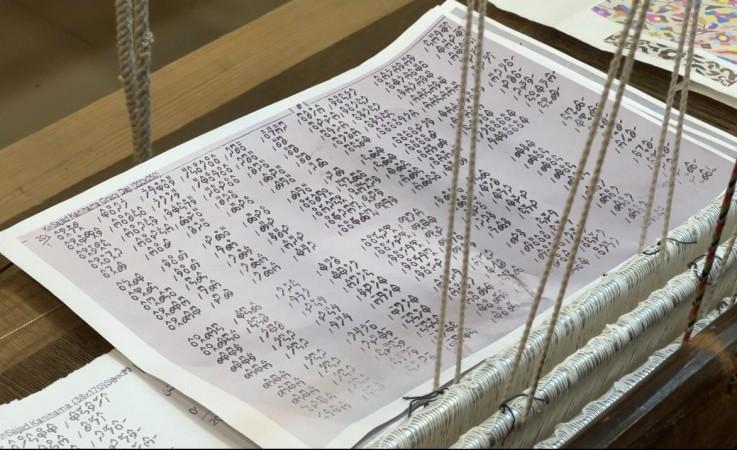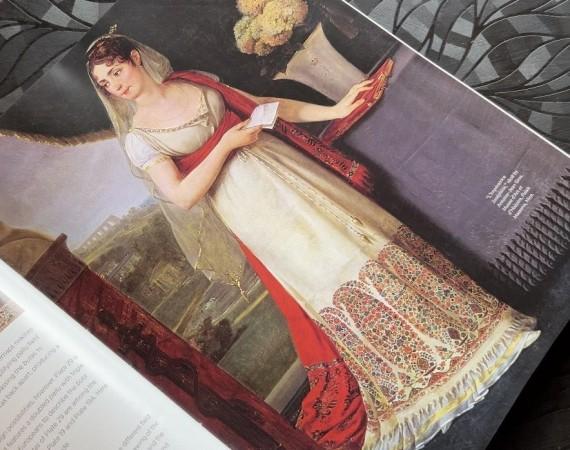
The craft of making Kani Shawl is over 400 years old, originated in the Kashmir Valley during the Mughal era, and thrived under the regime of Emperor Akbar. "Kani" refers to the wooden bobbins (kanis) used in the intricate weaving process. Kani shawls are woven like carpets, and authentic Kani shawls are purely handmade. It has a coded pattern called Talim, an ancient system of weaving instructions used by Kashmiri artisans that guides the weaver in a number of warp threads to be covered in a particular coloured weft.
This cultural heritage is beautifully preserved in a Kashmir village called Kanihama. Famously known as the birthplace of the Kani shawl weaving tradition, this village is home to artisans who have dedicated themselves to preserving this craft. Approximately 80 percent of the 400 families in Kanihama are dedicated to preserving this exquisite craft, a skill passed down through centuries.
This village has produced four national awardees to date, and the artisans work tirelessly to win these prestigious awards as they are eligible for a small amount of pension after receiving one. Many risk losing their eyesight while making these shawls, which can take anywhere from 12 to 36 months to complete.

Ghulam Mohammad Kanihami, a former MLA, played a vital role in reviving the nearly extinct art of Kani shawl weaving in the 1960s. He began with just two artisans and later established the Kanhama Kani Shawl Cooperative Society in 1994. This society is now led by his son, Sajjad Kanihami.

"My father initiated the revival of the Kani shawl craft, as our family has been involved with it since 1777. At that time, he had a few pieces of shawls and talim; he found a weaver and began the process. Although he was involved in politics at that time, he left it to dedicate all his attention to this craft. Later, he formed a society to revive traditional Kani shawl designs. In 1994, he established four Kani shawl training centres to provide employment opportunities for the local workforce, including women," Sajjad Kanihami told International Business Times.

Fareed Ahmed Ganie, a resident of Kanihama, has been involved in this craft for the past 20 years. He is a National Awardee and won an award for excellence in "Kani Paldar Shawl" weaving in 2023. Fareed created a shawl that was a recreation of a dress worn by Napoleon's first wife, Marie Josephine Rose, which was quite famous at that time.

In 2010, the Geographic Indication tag for Kani Shawls was introduced in Kashmir. The GI tag was granted to preserve and protect the traditional weaving craftsmanship of the Kani Shawls. With the lack of GI tag, there was uncontrolled production of Kani shawls, and anyone could label their shawls as "Kani" without adhering to the region's traditional method. There was mass production of this exquisite craft, and the customers could not differentiate between authentic Kani shawls and fake ones. However, the GI tag helped in providing legal protection to this craft and ensuring that only authentic Kani shawls are made using traditional techniques.
"If there had been no GI tag, this craft would have vanished from the valley by now. There was a time when mass production of Kani Shawls began, and people stopped paying attention to the raw materials and designs. Today, thanks to the GI tag, only genuine Kani Shawls are being made." Said Sajjad Kanihami to International Business Times.

















